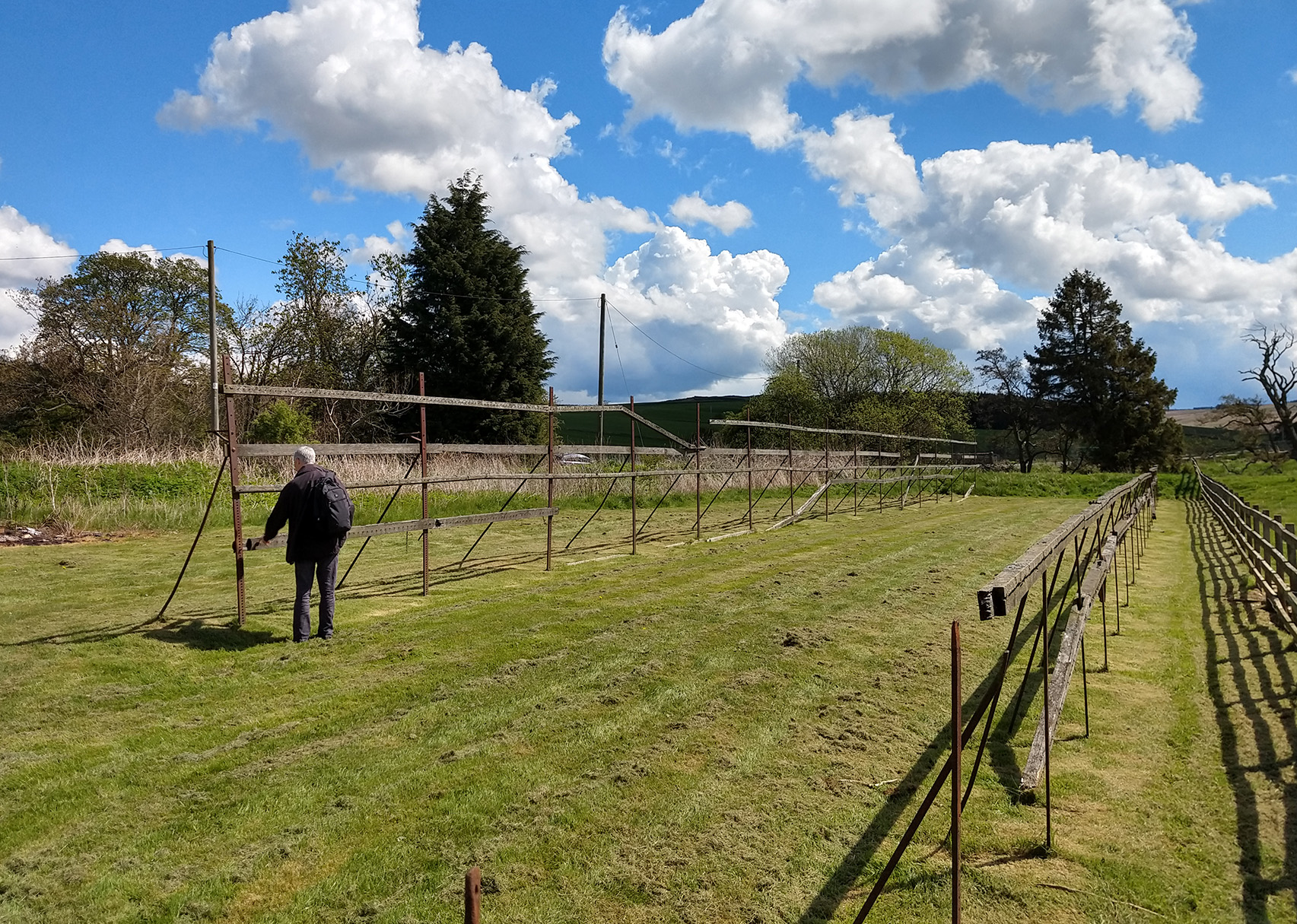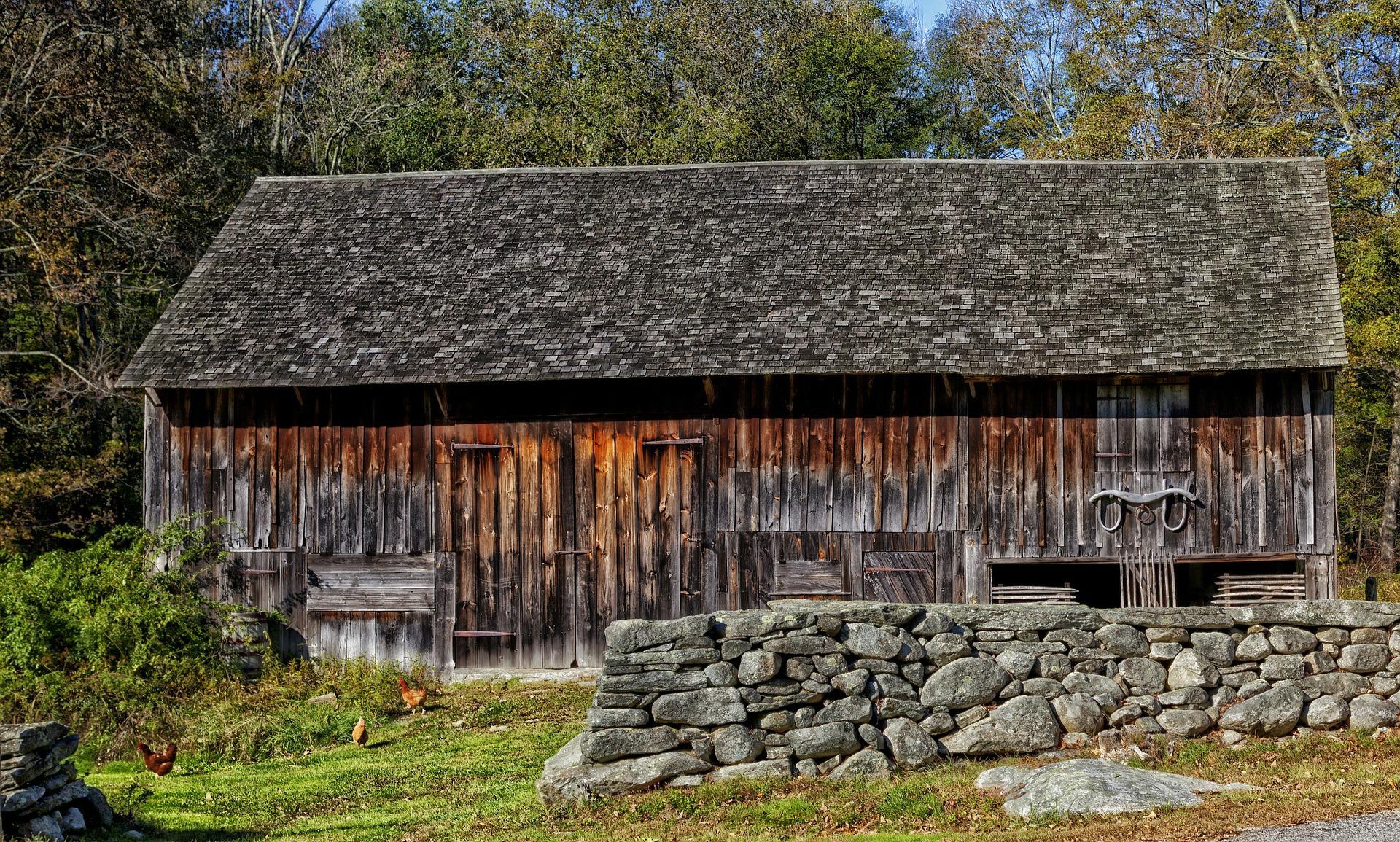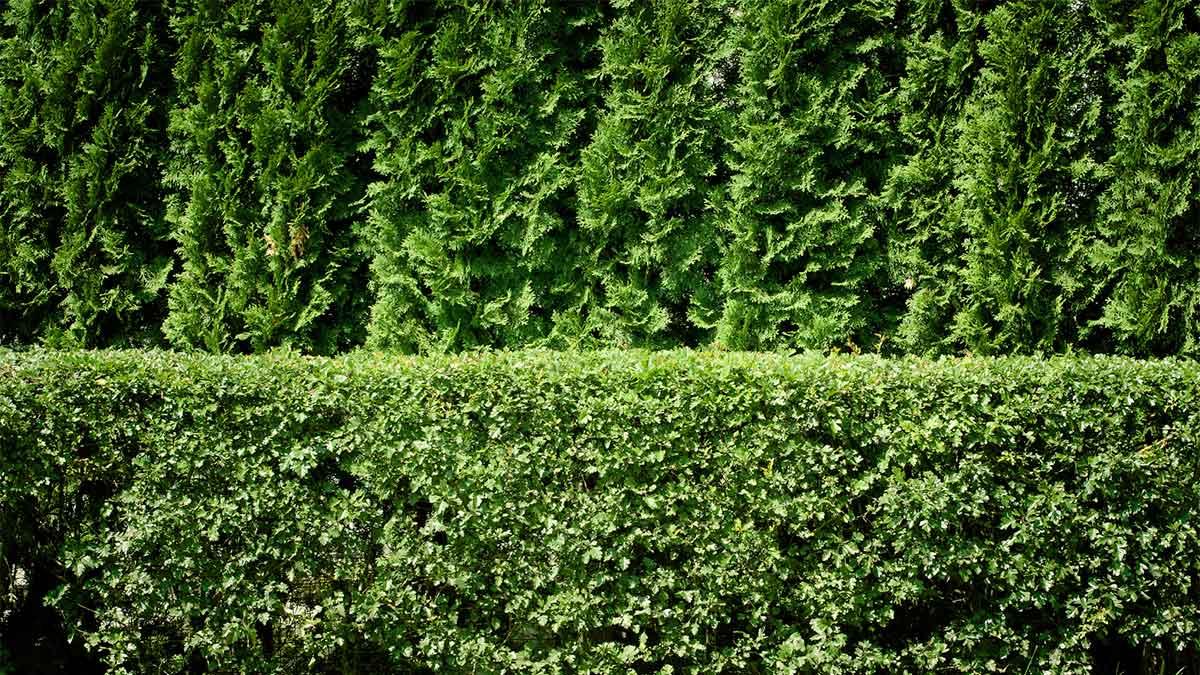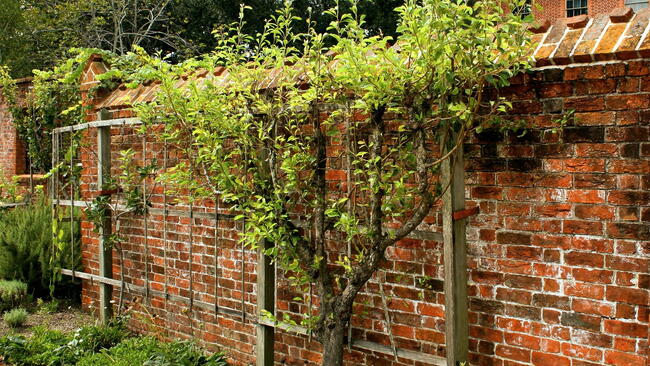
Photo Credit
Anne Richard/Shutterstock
Subhead
Natural fences made of stumps, logs, brush, stone, and plants
No content available.
ADVERTISEMENT
Comments
Add a Comment

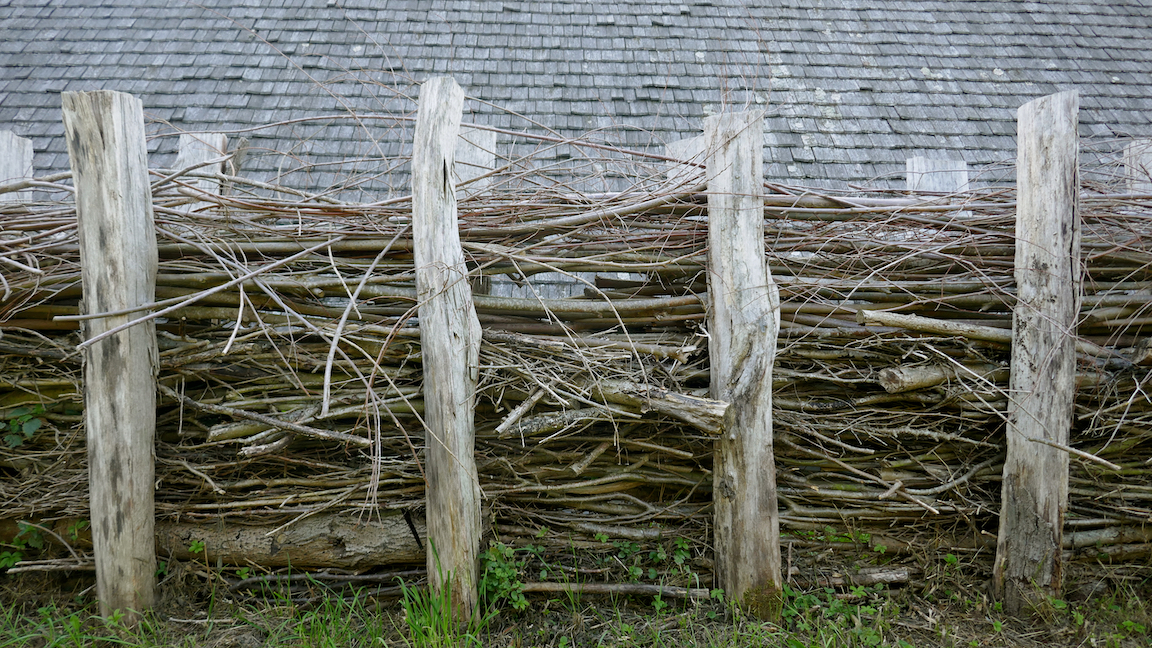
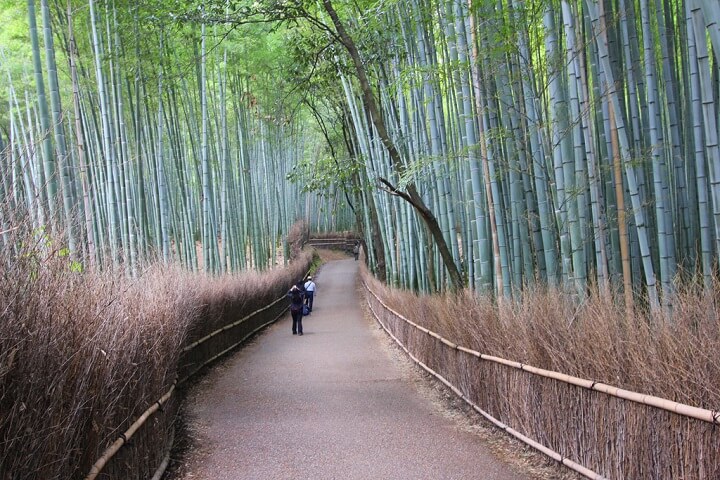


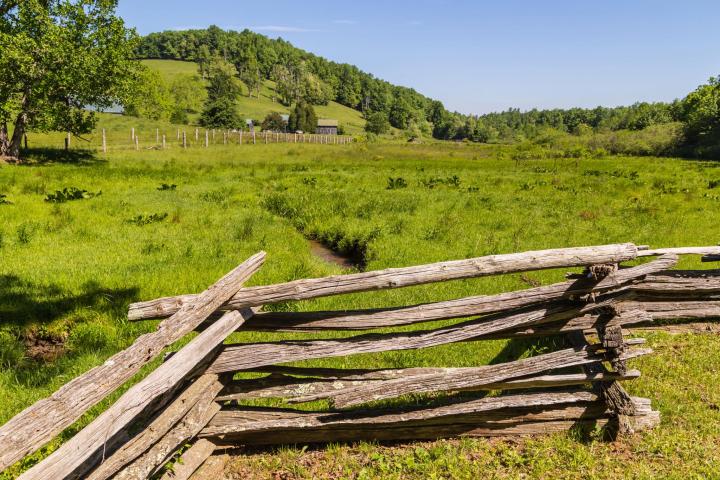 Snake Fence. Photo credit: Warren Price Photography Shutterstock
Snake Fence. Photo credit: Warren Price Photography Shutterstock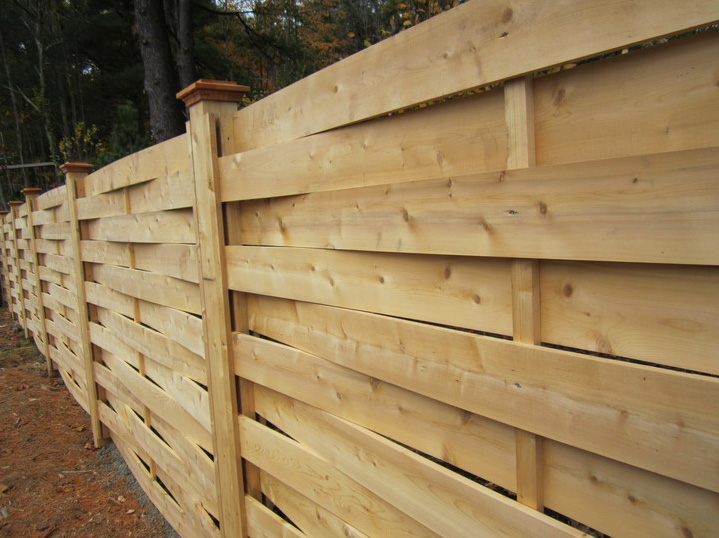
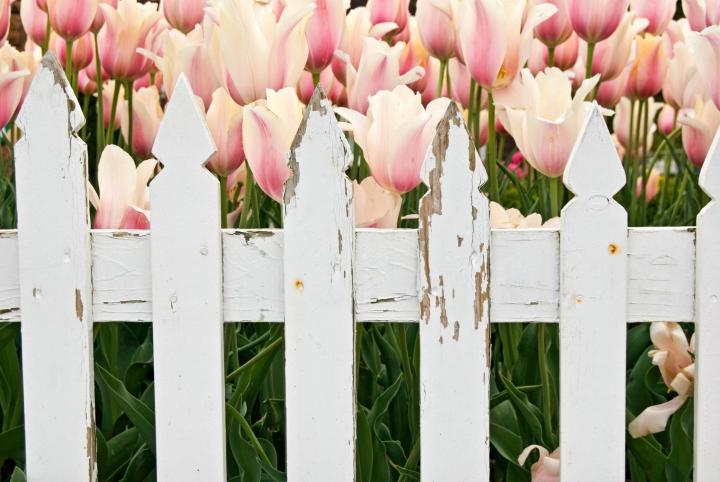 Picket Fence. Photo credit: Maria Dryfhout Shutterstock
Picket Fence. Photo credit: Maria Dryfhout Shutterstock